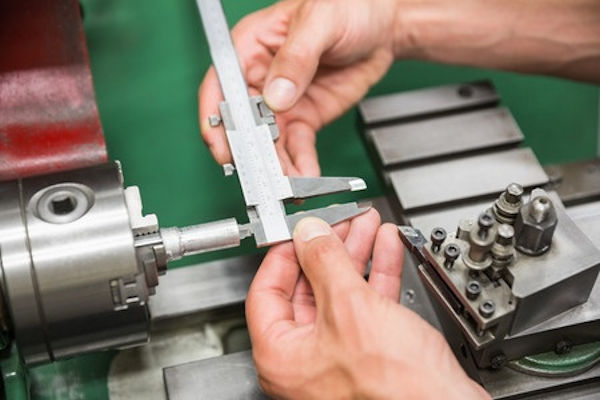Engineering Controls
These controls focus on eliminating or reducing the actual source of the hazard through design or redesign.
Other control strategies generally focus on employee exposure to the hazard. The basic concept behind engineering controls is that, to the extent feasible, the work environment and the job itself should be designed to eliminate hazards or reduce exposure to hazards.
While this approach is called engineering controls, it does not necessarily mean that an engineer is required to design the control. Redesigning or replacing equipment or machinery may be expensive, but remember, according to the National Safety Council, the cost per medically consulted injury in 2013 was $42,000, and the cost per death was $1,450,000.
Engineering controls do not necessarily have to be expensive or complicated. They can be quite simple in some cases. Engineering controls are based on the following broad strategies:
- If feasible, design or redesign the tools, equipment, machinery, materials and/or facility.
- Enclose the hazard to prevent exposure in normal operations; and
- If complete enclosure is not feasible, establish barriers or local ventilation to reduce exposure to the hazard in normal operations.
Some examples of this strategy include:
- Redesigning a process to reduce exposure to a hazardous moving part;
- Redesigning a work station to relieve physical stress and remove ergonomic hazards; or
- Designing general ventilation with sufficient fresh outdoor air to improve indoor air quality and generally to provide a safe, healthful atmosphere.
Knowledge Check Choose the best answer for the question.
5-4. Why are engineering controls preferred over administrative and work practice controls to correct workplace hazards?
You forgot to answer the question!

